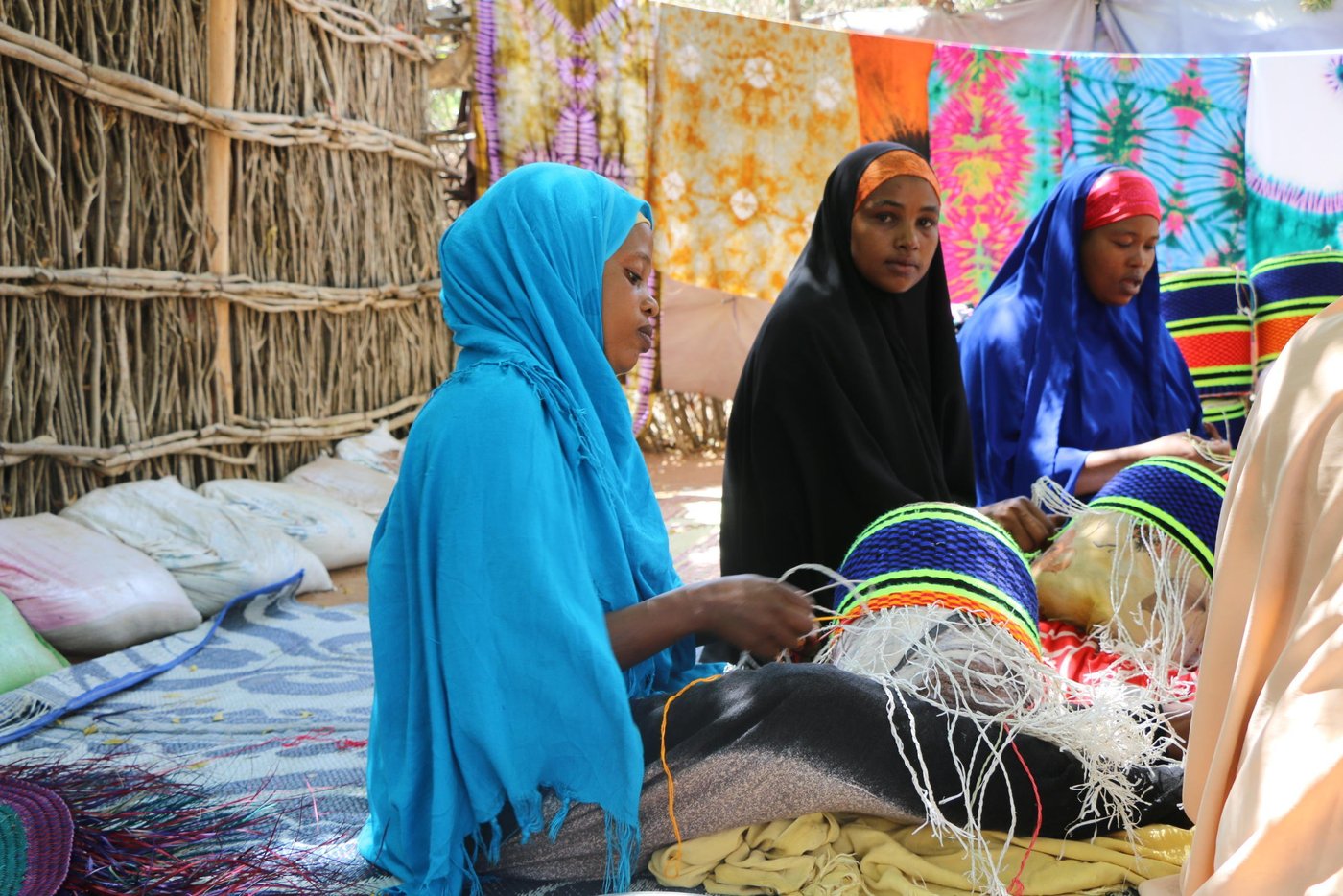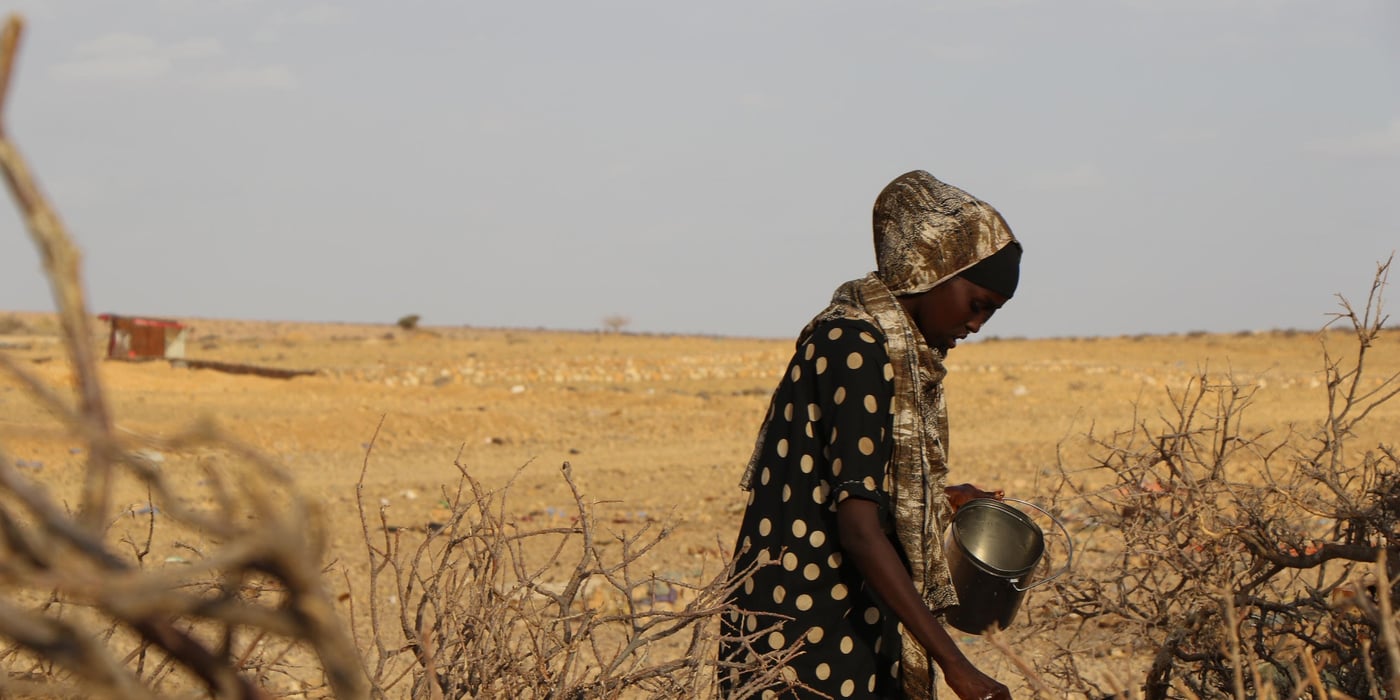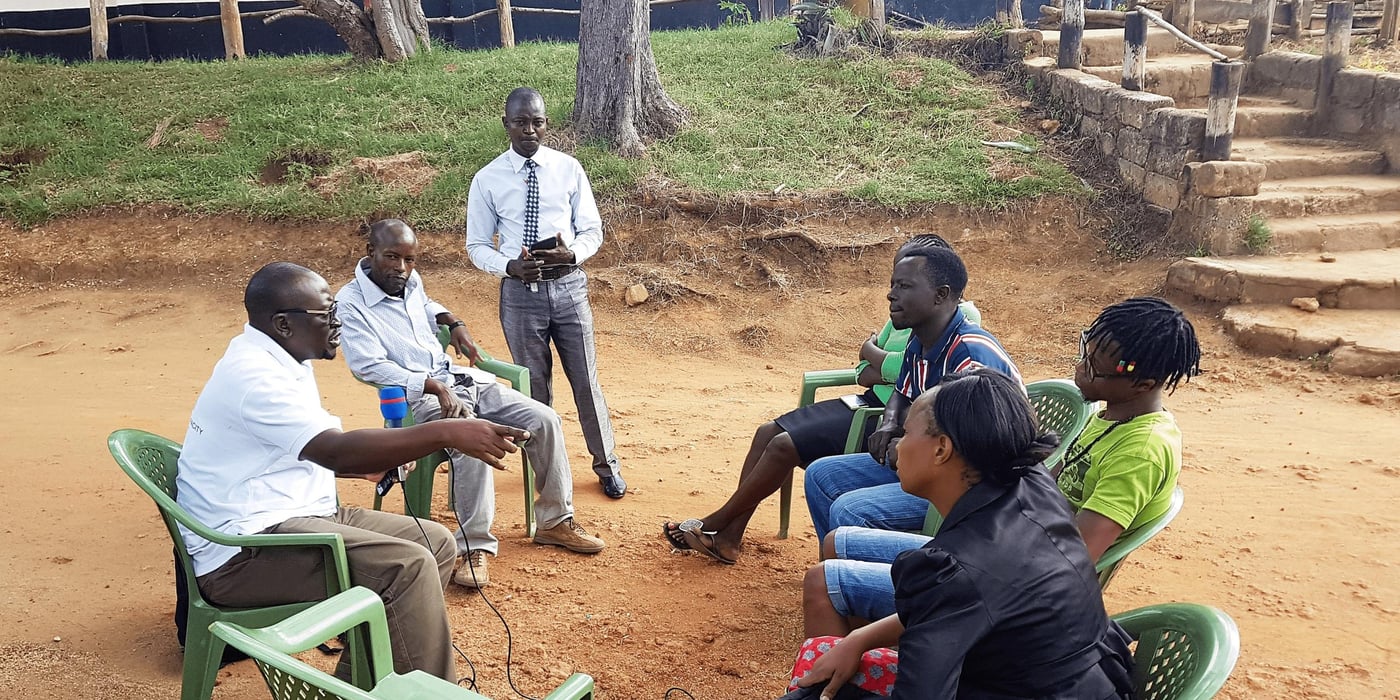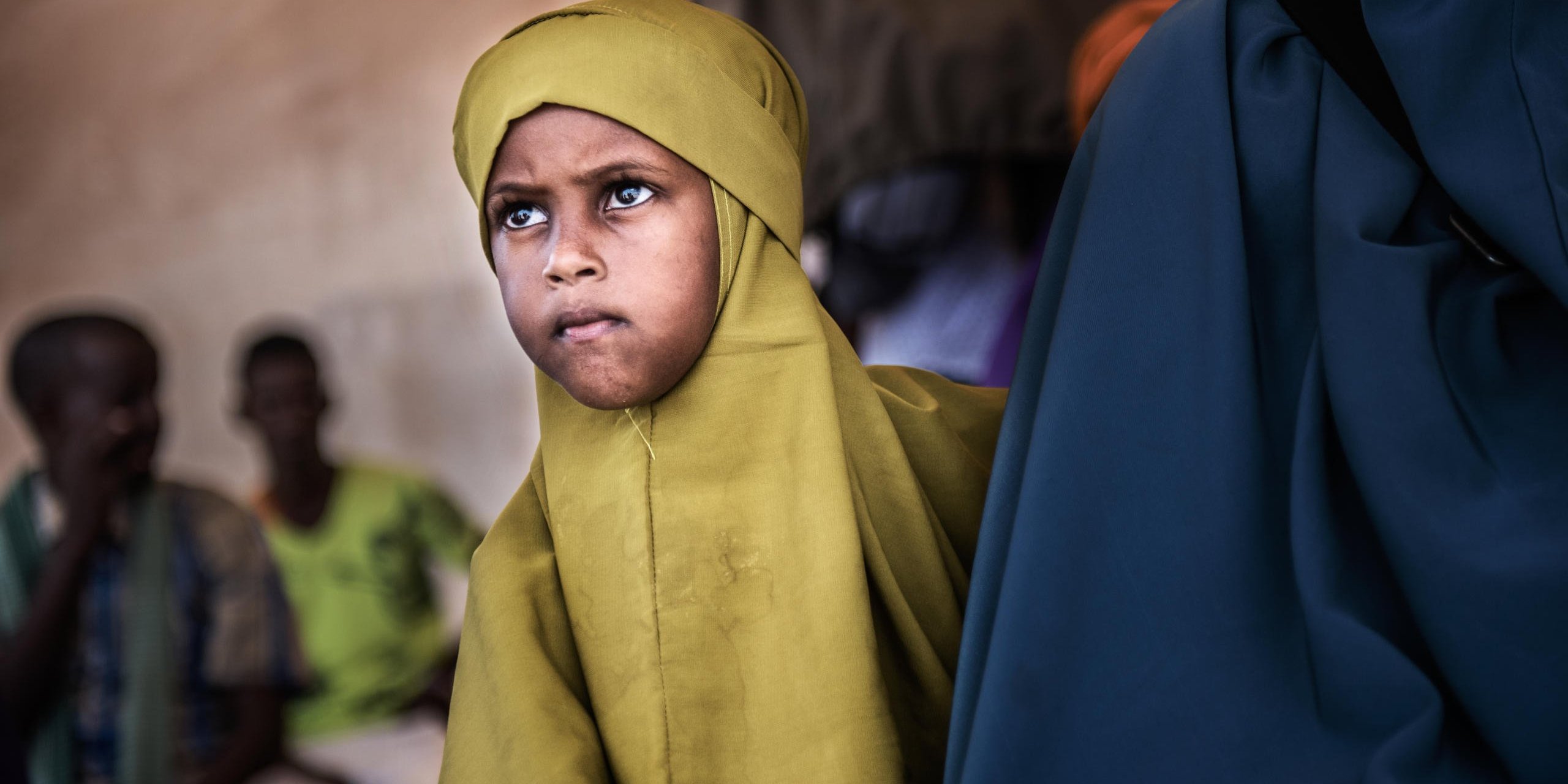
"Many of the inhabitants fled Somalia because of political instability in the '90s and have settled in Dadaab's camps after decades in Kenya," explains Neil Turner, our country director in Kenya and Tanzania. Some of Dabaab's inhabitants were born in Kenya and have never set foot in the country their parents or grandparents fled.
In 2011, when a devastating drought and famine hit Somalia, 100,000 additional refugees arrived. Supplementary camps were set up to accommodate them. At that time, the Dadaab population soared to around 480,000 as it became the world's largest refugee camp. Today, the Dadaab refugee complex consists of four refugee camps. The population is mostly Somalian, with a small number of refugees from Ethiopia, South Sudan and The Democratic Republic of the Congo.
The Kenyan government's desire to close down Dadaab
In 2016, the Kenyan government announced in that it would close Dadaab. A year later, the high court in Kenya ruled that a closure would violate the country's constitution. Turner explains that it was not necessarily the Kenyan government's intention to close Dadaab, but to send a message "that the status quo from the Kenyan government's perspective was not acceptable and that the UN refugee agency (UNHCR), in particular, should do more."
But the announcement still spread uncertainty among people in the camps.
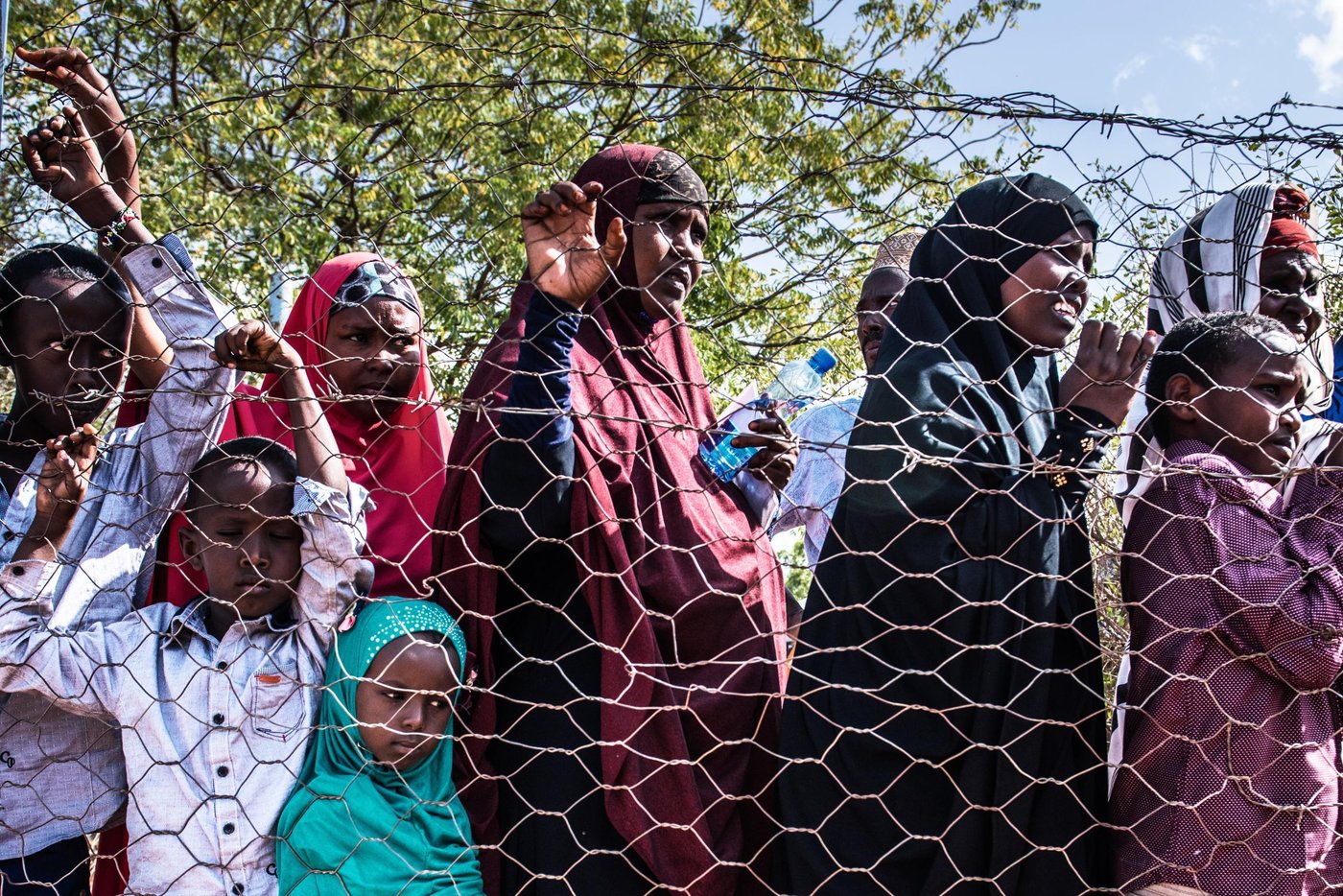
The Kenyan government and UNHCR run a voluntary return programme for Somali refugees in Kenya. The number of refugees returning to Somalia through this programme increased through both 2016 and 2017.
"The number of refugees returning to Somalia increased because of the government's signals that Dadaab would be
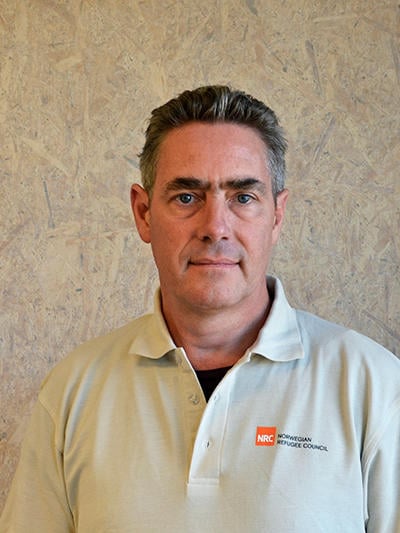
closed, and the uncertainty this caused among refugees," Turner says.
A decrease in voluntary returns to Somalia in 2018
Two years later, life goes on in the four remaining refugee camps. It is unlikely that Dadaab, one of the world's largest refu
gee camps, will close any time soon.
"Practically, how does that happen", Turner asks.
Over 75,000 Somalian refugees have returned to Somalia through the voluntary return programme in the past three years. Around 33,000 returned in 2016 and a further 33,000 in 2017.
Most of the Somalis who return are the people who arrived after the 2011 drought. "They have more
recent links to Somalia, while the people who arrived three decades ago are less likely to return as they have settled in Dadaab," Turner says.
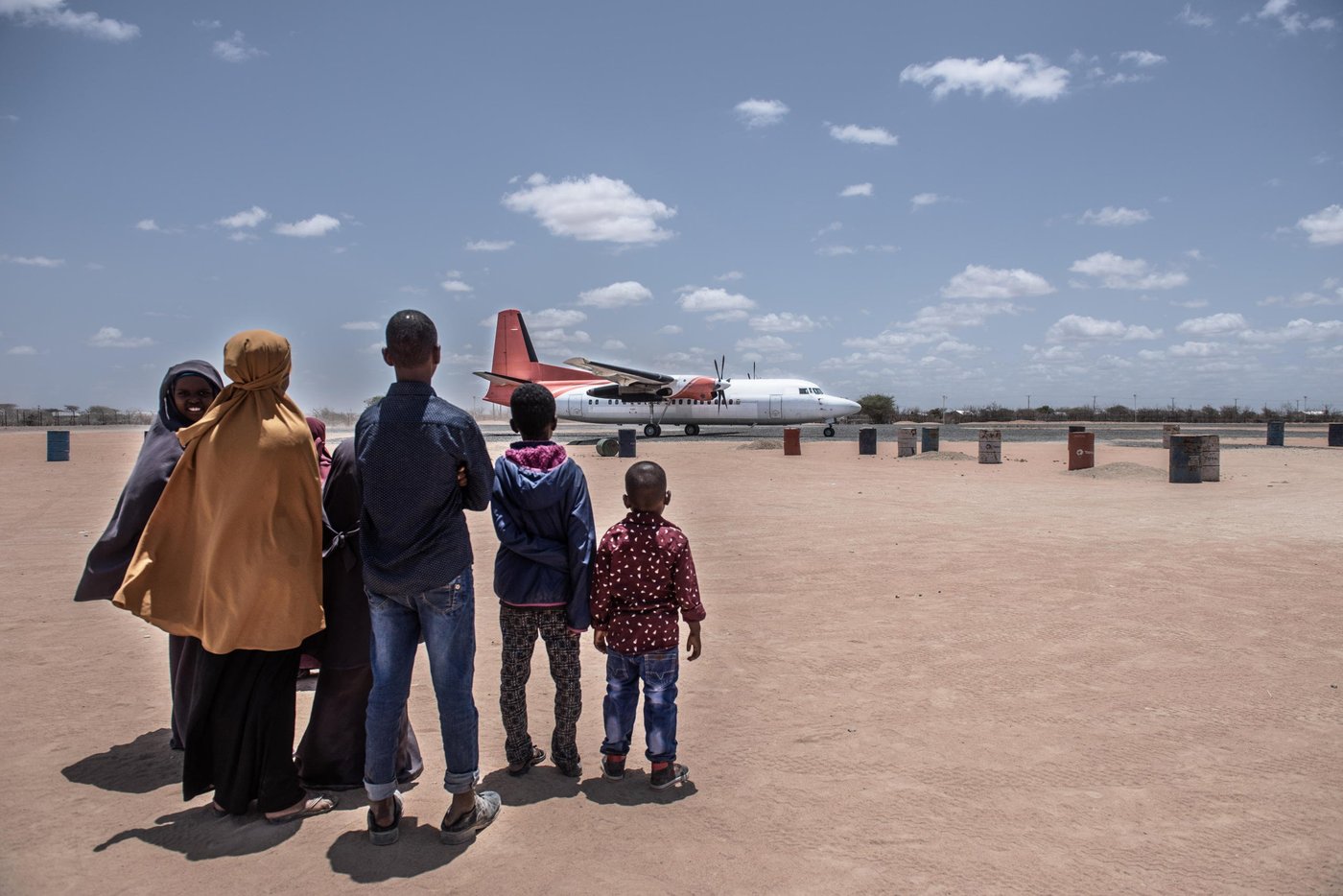
Compared to previous years, the number of people returning to Somalia in the first four months of this year has decreased. "Our assumption is that those people who, for whatever reason, might join the voluntary return programme have already done that," Turner explains.
Returning to internal displacement in Somalia or going back to Dadaab
The refugees who travel back to Somalia face many barriers in a country not yet ready for a mass return of refugees. The Kismayo district in Somalia and the capital, Mogadishu, are the areas where most returnees end their journey. Many might ultimately become displaced again.
The Somalian refugees who return to the Kismayo district without having lived there before, face difficulties in getting land, housing and property. Some may end up leaving for Dadaab a second time. For the ones who return to Dadaab, it is almost impossible to get renewed refugee documentation. Without documentation, people have no right to food, shelter and healthcare.
Harsh rhetoric, but working to find solutions in practice
With almost 500,000 registered refugees living throughout Kenya, lasting solutions, such as livelihood opportunities, are needed to improve the situation.
A new refugee bill creating a more conducive environment for refugees to work and travel was approved by the Kenyan Parliament in June 2017. However, it was not agreed to by the President and has been returned to the legislature. Meanwhile, Kenya is part in the Comprehensive Refugee Response framework (CRRF), working to find lasting solutions in displacement, such as resettlement, integration or return. A CRRF pilot was initiated in late 2017.
Turner explains that the general perception of the Kenyan government's policy is that they are very strict on refugee matters, but "when you look below the rhetoric, you find that actually quite a lot is possible."
